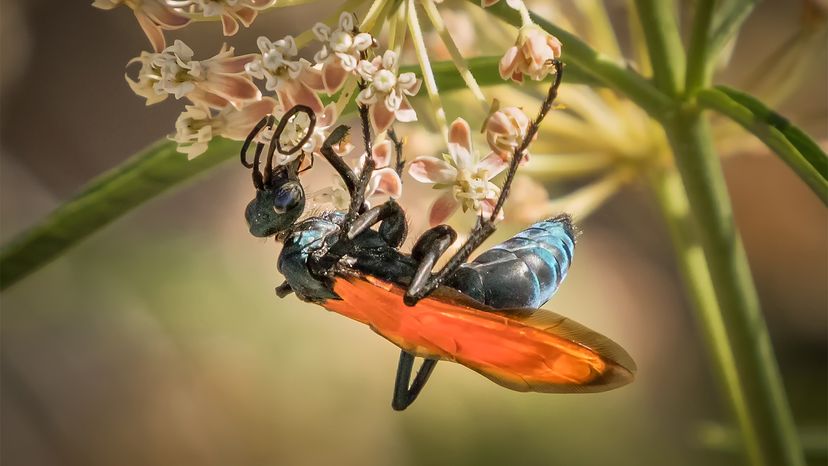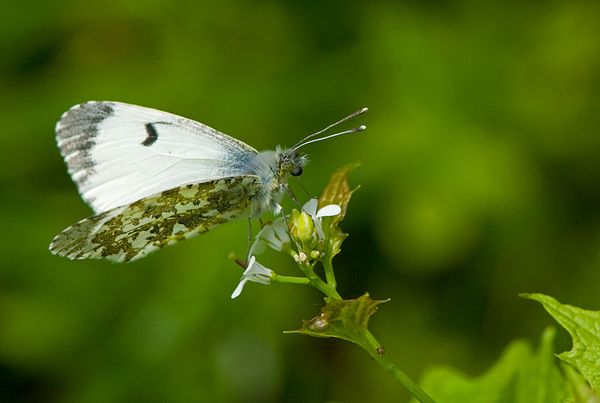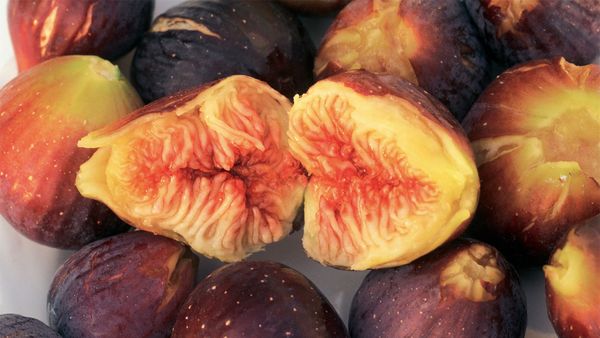
Wherever you find tarantulas on this planet — or baboon spiders, the Old World equivalent of the tarantula — you will also find tarantula hawks. From the name, you might be picturing a bird of prey, but a tarantula hawk is actually an insect — a wasp of prey. And if you guessed they eat tarantulas, you'd be right — well, at least partly right.
Tarantulas are, of course, the largest of the spiders, so it would make sense that there would be an insect out there that has, at some point over the past 300 million years, looked at one of these husky arachnids and seen what amounts to an Angus heifer — enough meat to feed the family. And so, over time, tarantula wasps suited up with a long stinger — some of them are around half an inch (1.3 centimeters) long — and set out to conquer the tarantula.
Advertisement
"They're big, they're impressive, they're beautiful, they're strong, they're long-lived and nobody eats them," says entomologist Justin O. Schmidt, author of "The Sting of the Wild" and the creator of the Schmidt sting pain index, wherein Schmidt, who has endured around 1,000 arthropod bites and stings over the course of his career, rates the relative pain of each on what amounts to a 4-star scale.
In the United States, you can find tarantula hawks west of the Mississippi River, through Texas to California and up to Wyoming — again, tarantula hawks can be found anywhere tarantulas live. There are fewer than 20 tarantula hawk species in North America, but South America is home to around 250 species. And though you don't want to tangle with one of these big wasps — they can grow up to 2 inches (5 centimeters) long, which is the size of a small hummingbird — they are objectively gorgeous, with metallic blue-green bodies and many with iridescent orange wings. Their beauty, however, is in the eye of the beholder, and if you happen to be a tarantula, the sight of a female tarantula hawk headed your way is more appalling than dazzling.
Tarantula hawks are nectivorous — strictly vegetarian — once they pupate into adults, but before that time, the larvae are carnivorous. After mating, the female tarantula hawk needs a safe place to store and nourish her growing baby, which is why some ancient spider wasp millions of years ago, at a loss for what to do with her fertilized egg, set her sights on the tarantula — so nutritious and meaty! These days she has it all dialed in: She stings the tarantula, paralyzing it forever without killing it, and lays a single egg on its abdomen. When the baby hatches, it starts sucking the innards out of the living, paralyzed spider. When it's big enough, it burrows into the tarantula and really chows down.
It's gruesome, it's horrifying, but such is the nature of the female tarantula hawk. Because males don't need to paralyze a giant arachnid, they can't sting and are harmless. The sting of a female tarantula hawk, on the other hand, sounds like a living nightmare. On the Schmidt Insect Sting Pain Index, the tarantula wasp sting receives the most painful rating: a FOUR.
"I've had three or four stings," says Schmidt. "I've never actually let one sting me — I'm not that foolish. They're basically electrifying. If you get stung by one, it's like getting hit by 20,000 volts — you might think you'll be able to handle it, but don't believe for a minute that you can. So, my advice is to just lie down. If you're stumbling around, you may trip in a hole or hit your head on a rock or fall into a barbed wire fence, which could really do damage. I say the safest thing is to lie down and scream. People ask me, why scream? Well, it gives you something to do while you're distracting yourself from thinking about the pain. If you can scream for two minutes, by the time you've done that, it feels better and you can go about your business."
Advertisement

